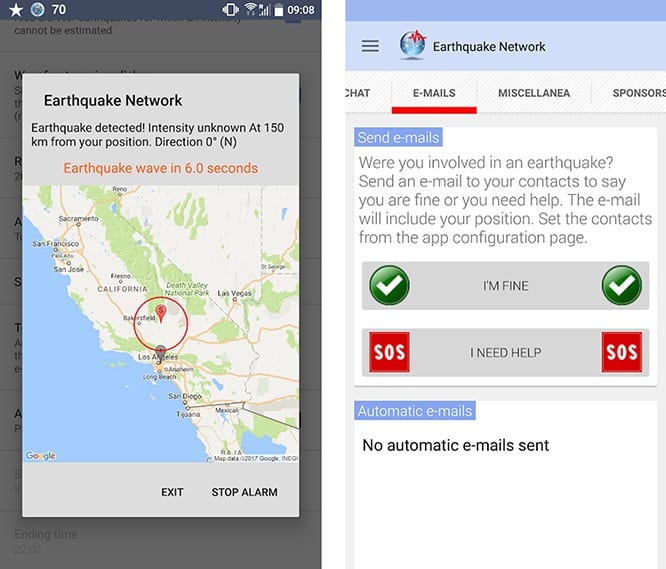

Google plans to use the data and experience from California to roll out the ShakeAlert system across other states.

This search will also bring up resources that explain what to do in the event of an earthquake. Google will be able to display this information when users look up “earthquake near me”. Thanks to ShakeAlert earthquake data will be transmitted in a matter of minutes. The ShakeAlert server will match the data from these accelerometers with the data from other devices in the area to establish if it is indeed an earthquake. If the device senses a rumble that may be an earthquake it will send a signal to the earthquake detection server along with the location. This allows them to detect signals that may indicate earthquake activity. All SmartphonesĪll smartphones are equipped with accelerometer functionality. Eventually, this innovative app can enable millions of devices to blanket the globe with an earthquake detection network. Though building this infrastructure around the world isn’t necessarily feasible, the ShakeAlert technology turns Android devices into seismometers. Developed by seismologists, ShakeAlert harnesses the information from over 700 seismometers across the state. The United States Geological Survey (USGS) and the California Governor’s Office of Emergency Service (Cal OES) proved to be those partners.Īs a hotbed for earthquakes, California is the perfect place to test the new Android app, ‘ ShakeAlert’. In creating the infrastructure for this innovative system, Google started by finding the right partners. To help facilitate real-time communication in the event of an earthquake, Google has created a public alert system. While these naturally occurring phenomena happen quite often, they can be very dangerous.

There are certain areas of the world that are prone to earthquakes.


 0 kommentar(er)
0 kommentar(er)
